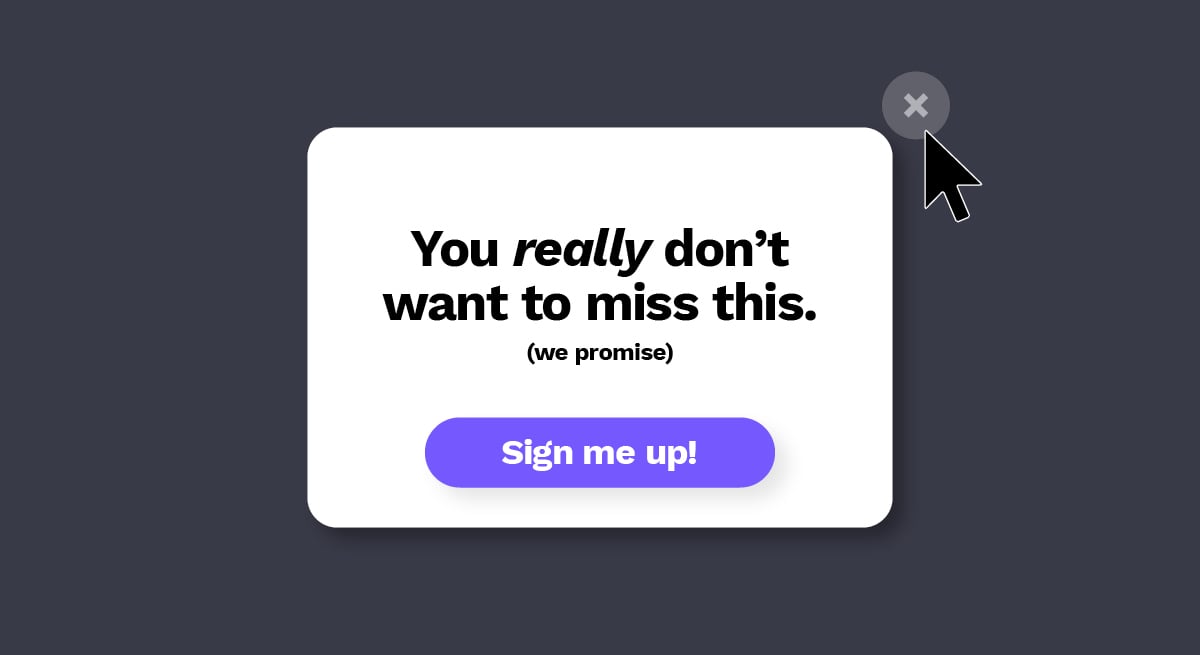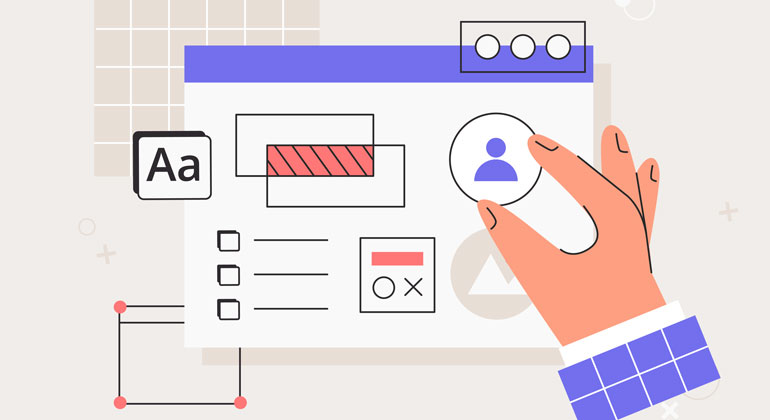What’s New in Web Development for 2023

March 6, 2023

Technology and bandwidth are continually improving, sparking advancements in web functionality. From full-screen video backgrounds and augmented reality to animation and creative mega menus, developers are continually expanding their coding knowledge in response to the latest design trends.
Here are six web development trends that will gain ground throughout the year.
1. WordPress grows in market share and functionality.
The reigning market leader, WordPress is now used for more than 63% of websites, with a content management system (CMS) market share of 43% overall. In 2023, developers can look forward to updates that improve the user experience, including a new navigational structure and an accessibility mode that makes it easier to add widgets without dragging and dropping.
WordPress is also entering Phase 3 of its Gutenberg roadmap, which focuses on enabling real-time collaboration between users. Like Google Docs, WordPress aims to simplify communication and the feedback process via tools such as commenting, tagging, and suggesting edits. That way teams can collaborate more efficiently and eliminate repetitive back-and-forth communication.
2. Prioritizing customizable user experience.
Users today demand customized experiences based on their preferences. Between websites, apps, chatbots, smart devices and more, there are many digital touchpoints where a customer can interact with a brand. Companies are focusing on creating a consistent yet personalized user experience across each one.
Gartner predicts a shift where instead of people getting accustomed to evolving technologies, technologies are being built to understand people better. For a while now, apps have been collecting data to learn more about their users and provide personalized experiences based on each user’s unique profile. This trend is bleeding into web design as well, as companies look for creative ways to keep viewers engaged and returning to their site. Providing options that let users experience their website the way they want to experience it will be a significant factor in web development strategies for the years ahead.
3. Higher demand for dark mode.
Dark mode is one example of how the demand for website personalization is being addressed. It has become a common website and app trend, especially on mobile. In fact, 8 in 10 people prefer using dark mode when possible since it’s easier on the eyes and helps reduce mobile battery drainage. Google Chrome and popular social media networks have already implemented dark mode UIs, and the ability to switch between light and dark mode is becoming a standard feature for many applications.
For websites, WordPress has a WP Dark Mode plugin. For users that have their device set to dark mode, your site will automatically be shown that way. Users will also be able to switch the view of your site at any time using a toggle.
4. ADA compliance is becoming a website standard.
Just like SSL certification and GDPR compliance have become the standard, ADA compliance is following suit. All websites are considered places of public accommodation and ADA requires equal access to information. There are numerous website elements that need to be considered, including navigation, font, captions, forms, interactive elements and more. Regardless of company size, if you have website content that’s inaccessible for someone with a disability, there could be serious legal consequences.
There is no definitive legal standard for ADA compliance online, but the Web Content Accessibility Guidelines (WCAG) 2.1 is frequently referenced by the DOJ in rulings as the goal for website accessibility. Therefore, websites that are WCAG 2.1 Level AA compliant are unlikely to face a lawsuit. We recommend using AccessiBe to determine if your website is ADA and WCAG-compliant and automate the process of developing an accessible website.
5. More businesses are adopting single-page applications.
Single-page applications (SPAs) are Java-Script-based web applications that update page content dynamically based on user interactions without refreshing the page. This can improve overall web performance, but the great advantage is in how single-page applications feel. Websites built as a single-page application provide a seamless, app-like experience, removing the loading time of a conventional website.
Google, Facebook and Twitter have adopted SPAs most notably, but more businesses are starting to jump onboard. Though a well-designed SPA can provide the most cutting-edge web experience out there, it is not without certain caveats. Having only a single page for your website puts you at a disadvantage when it comes to SEO. Web crawlers are not able to process and index all of the dynamic content of an SPA in the way they can for a conventional webpage. Also, while SPAs are often built using established JavaScript frameworks, such as Angular, React, and Vue, there is more development knowledge required to successfully implement an SPA as your website.
6. Increasing usage of microinteractions.
Another trend in the world of web design is “microinteractions.” This school of thought moves away from large, complex on-page animation to focused, minimal motions. The effect is a web page that feels under the user’s control, yet shows subtle reactive effects which encourage the user’s interaction. In the same way that many of the younger generations don’t like to hear a sales pitch and prefer to do their own research and self-education, more and more web users want to feel that they are in control of their browsing experience, receiving messaging on their terms and at their own pace.
We hope these insights are helpful for your website projects in the years ahead!





